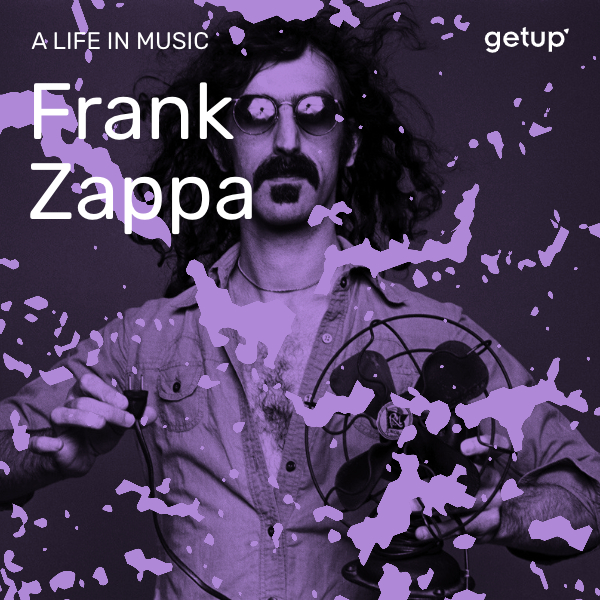“It’s okay to cry”, sang Sophie on one of the artist’s most famous songs. Crying came easily with news of Sophie’s passing on 30th January 2021, at only 34 years of age, leaving behind a sense of emptiness. Ten years was just enough to have left a significant mark on electronic music production, starting underground and making it all the way to the top of the charts.
Originally from Glasgow, the artist recorded under the pseudonym Sophie Xeon. From a very young age Sophie’s father passed on an addiction to electronic music and raves. An artist ahead of their time, Sophie was always thinking about the music of the day after tomorrow whilst many (too many...) are only living it day by day. However, revolutionising production didn’t mean wiping the slate clean and erasing the past. Sophie’s aesthetic gamble consisted of a surprising mix of the experimental sounds from the label Warp (Autechre and Aphex Twin first and foremost) with more catchy sounds coming from synth-pop, eurodance and Asian pop. From this emerges a disconcerting, even subversive side, combined with a playful and accessible approach to supermarket pop.
Shopie’s career took off in 2013 with the first singles, “Nothing More to Say” and “BIPP”. No one at the time knew who was behind the name or the mask worn during live shows, though this was more a question of shyness than a marketing vision. The first orders began to come in – 2015 saw Sophie working with Charli XCX and, above all, Madonna on the track “Bitch, I’m Madonna”. That same year the PRODUCT compilation was released, the title cocking a snook at the industrialisation and conformism of EDM.
Sophie’s studio album, Oil of Every Pearl’s Un-Insides, was not released until 2018. Emerging from the shadows, this was the first time we saw Sophie’s face, and the album comes with futuristic, pristeen and fantastical visual art, messing with graphic effects to erase the line between dreams and reality. At festivals Sophie defended the idea of plastic surgery, developed on the track “Faceshopping” because it was part of the freedom all artists should have to use whatever tools they can to strive for the best. Sophie never cheated, always staying true as was evident at any live show which were at times disturbing, alternating between sonic aggression and dance anthems.
Alongside dance hits, this first album also saw the birth of Sophie’s androgynous singing, with great melancholic moments and a fragility hitherto unknown. A true generational icon, Sophie was an activist in the LGBTQ+ community, and took a strong stance on the important issue of gender rights.
Vince Staples, QT, Let’s Eat Grandma, Shygirl, MØ, Arca...The list of collaborations testifies to how successful Sophie’s reach in the worlds of pop, R&B and rap have been, all styles which lend themselves beautifully to electronic production. Such was the mission accomplished by SOPHIE, an artist who had barely begun to create what is already a futuristic and cult body of work.

.jpg)

.jpg)



.jpg)
